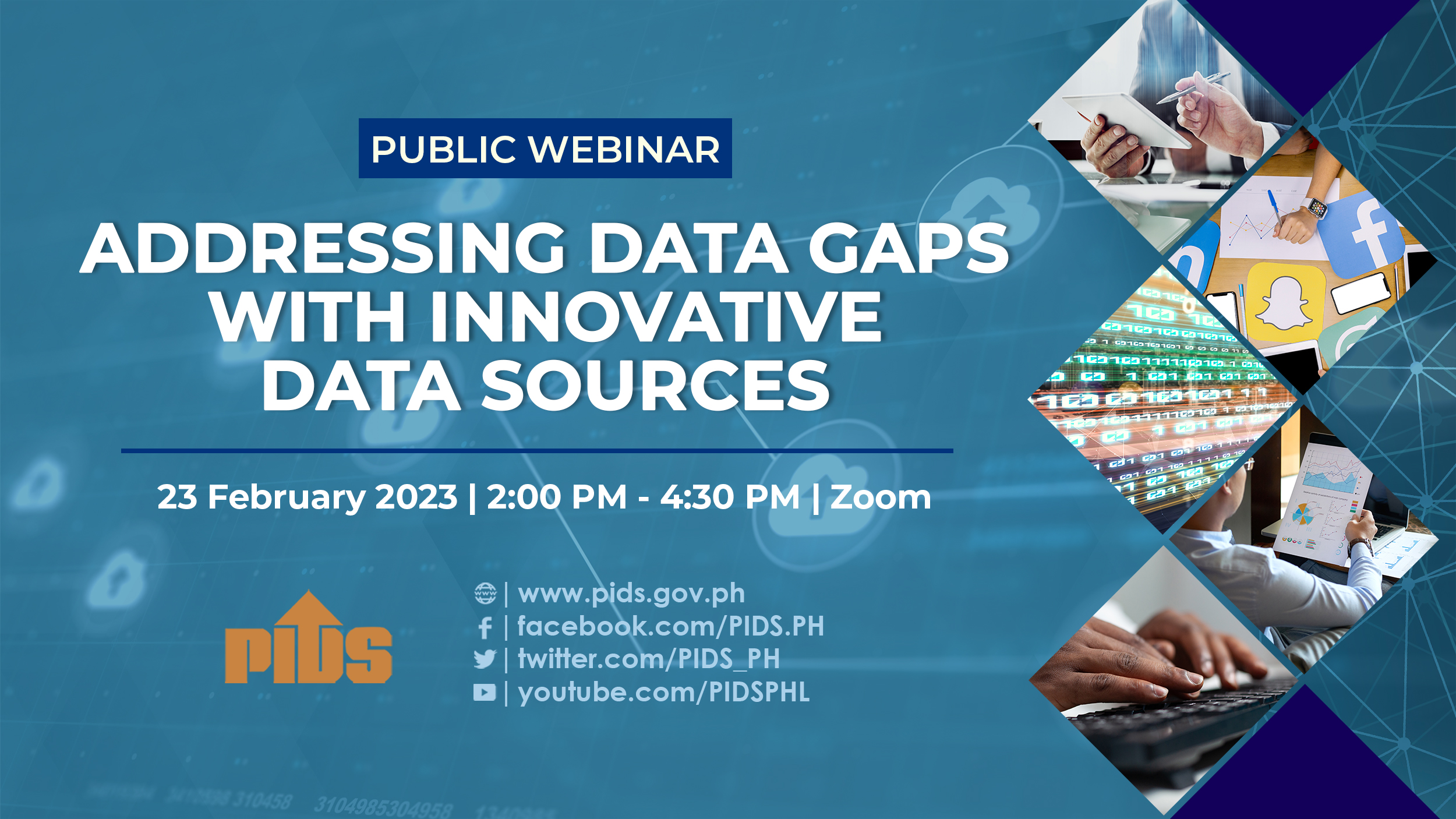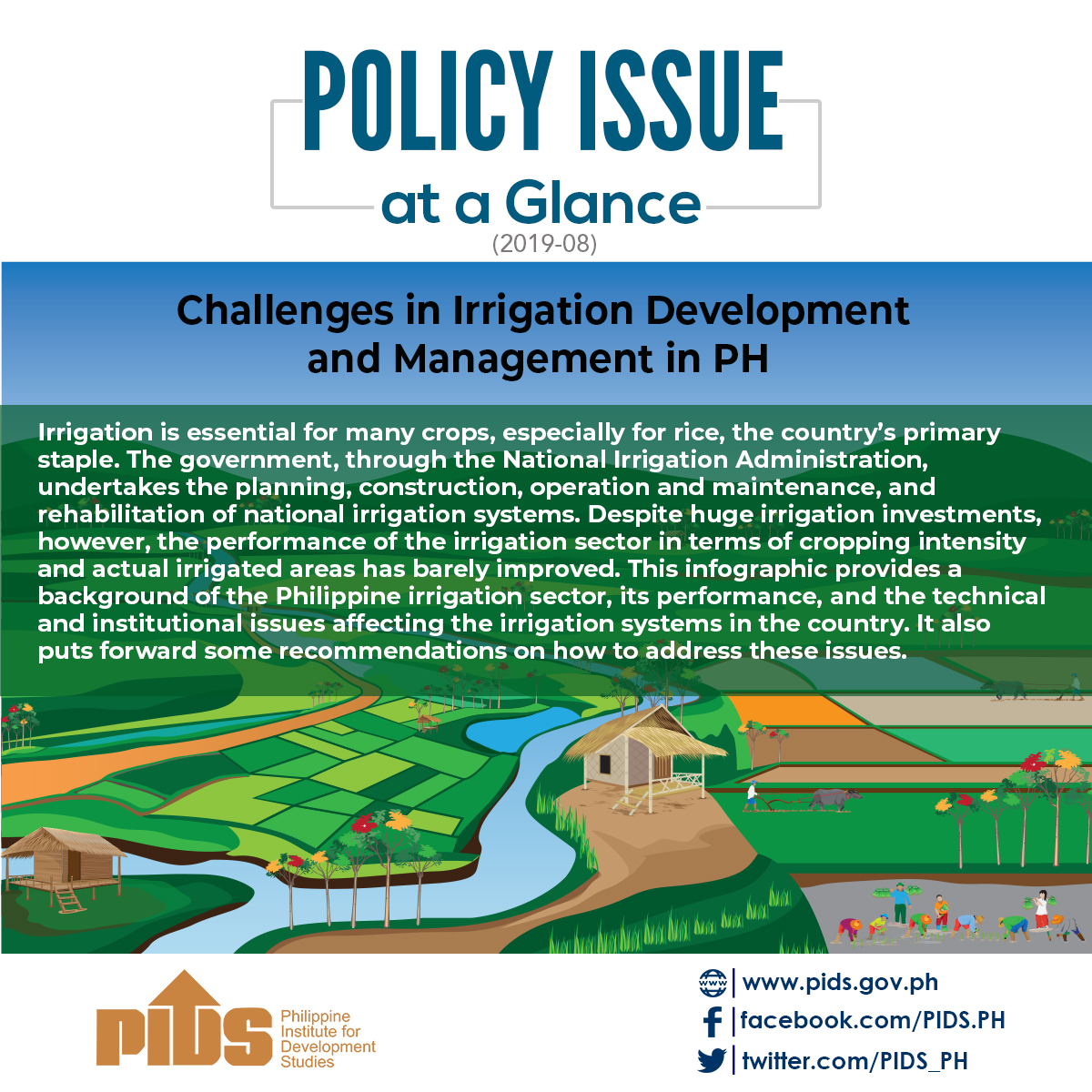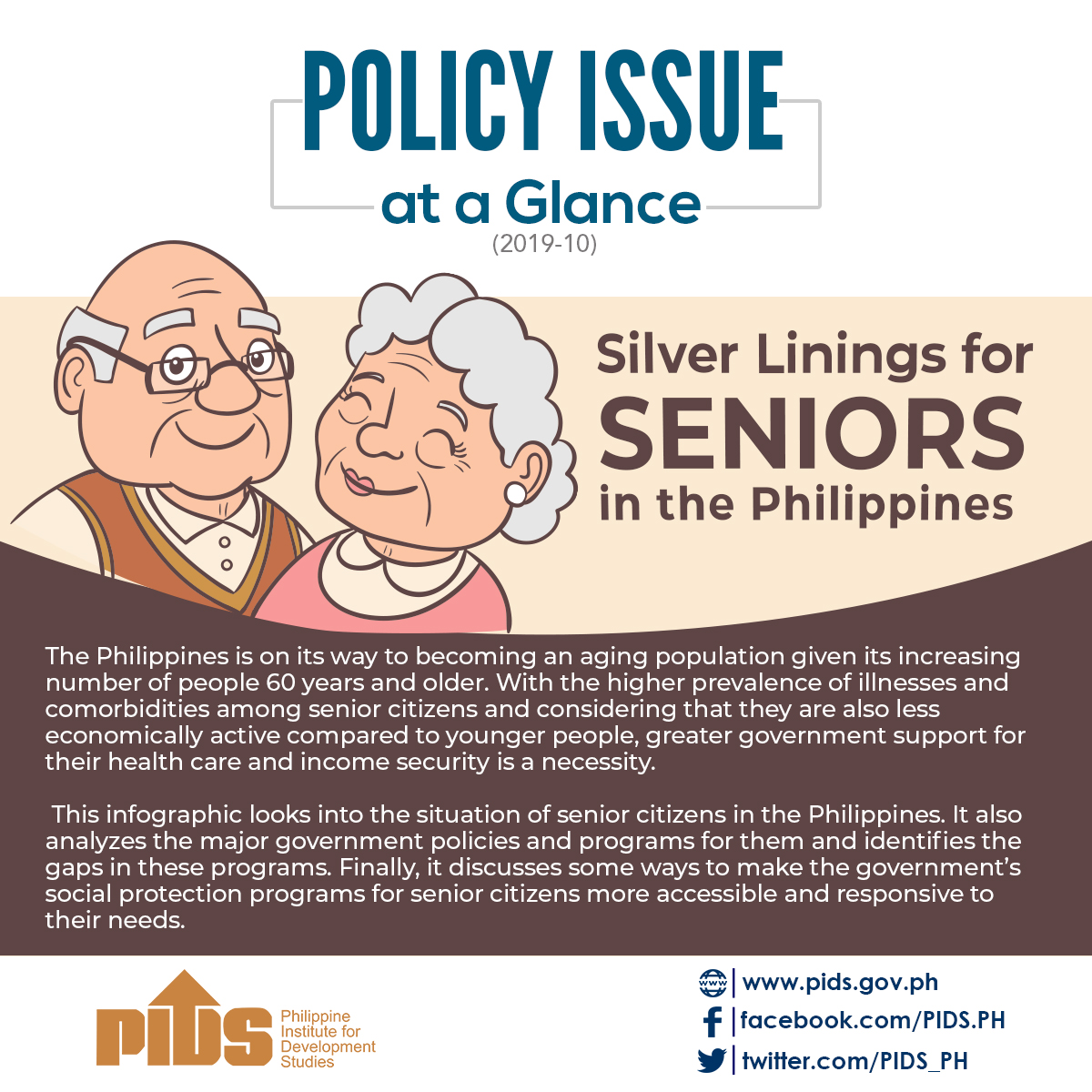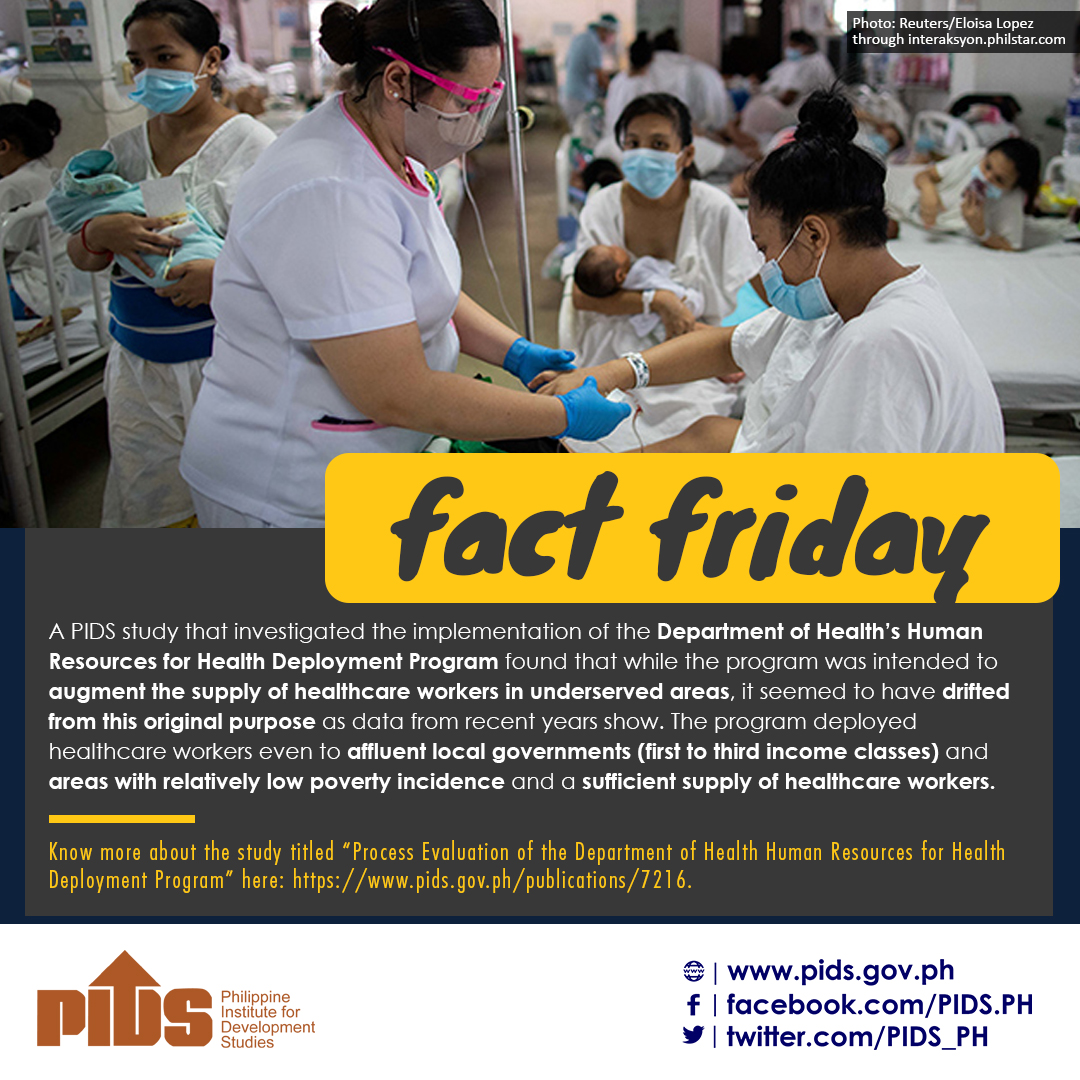MANILA, Philippines – The Department of Health (DOH) is being urged to take advantage of technology to popularize its health programs.
In a study released by the Philippine Institute for Development Studies (PIDS) it said the DOH should create a virtual learning environment for its Resource Center for Health Systems Development (RCHSD), a research site launched in 2009 to keep the public informed about the country’s health system policies and programs.
But with an e-learning feature, the DOH would be able to reach those who cannot access the RCHSD. It can engage a wider audience and eliminate restrictions of geographic distance, time, and lack of resources, limitations to mobility, and other limiting factors.
PIDS consultant Ayedee Ace Domingo recommended a asynchronous self-paced approach, which does not require administrators once the courseware is developed, and it is less rigid with its syllabus and timeline.
However, the DOH would need to organize a developing group for the programs it intends to offer, she said.
The group should consist of a program manager, instructional designer, subject matter expert, programmers, course administrator, online facilitators and tutors, and technical support.
The development of programs has five stages – analysis and identification of goals; design of the course; development of the program’s content, storyboard, and courseware; implementation; and evaluation.
With an e-learning feature on the RCHSD, the DOH would help the public become more informed about the country’s health system policies and programs. This could foster greater understanding and engagement among stakeholders toward a healthier Filipino society.
The PIDS recommendations fall in line with calls of the United Nations for sustainable development activities in the areas of education and health.
In its 2015 Human Development Report, the UN said governments must make strategic investments into education and health care. It likewise took note of technology as an important instrument for sustainable development.
“Wide access to technology improved financial inclusion and reduction of other barriers to sustainable development pathways,” it said in the report.//
In a study released by the Philippine Institute for Development Studies (PIDS) it said the DOH should create a virtual learning environment for its Resource Center for Health Systems Development (RCHSD), a research site launched in 2009 to keep the public informed about the country’s health system policies and programs.
But with an e-learning feature, the DOH would be able to reach those who cannot access the RCHSD. It can engage a wider audience and eliminate restrictions of geographic distance, time, and lack of resources, limitations to mobility, and other limiting factors.
PIDS consultant Ayedee Ace Domingo recommended a asynchronous self-paced approach, which does not require administrators once the courseware is developed, and it is less rigid with its syllabus and timeline.
However, the DOH would need to organize a developing group for the programs it intends to offer, she said.
The group should consist of a program manager, instructional designer, subject matter expert, programmers, course administrator, online facilitators and tutors, and technical support.
The development of programs has five stages – analysis and identification of goals; design of the course; development of the program’s content, storyboard, and courseware; implementation; and evaluation.
With an e-learning feature on the RCHSD, the DOH would help the public become more informed about the country’s health system policies and programs. This could foster greater understanding and engagement among stakeholders toward a healthier Filipino society.
The PIDS recommendations fall in line with calls of the United Nations for sustainable development activities in the areas of education and health.
In its 2015 Human Development Report, the UN said governments must make strategic investments into education and health care. It likewise took note of technology as an important instrument for sustainable development.
“Wide access to technology improved financial inclusion and reduction of other barriers to sustainable development pathways,” it said in the report.//












